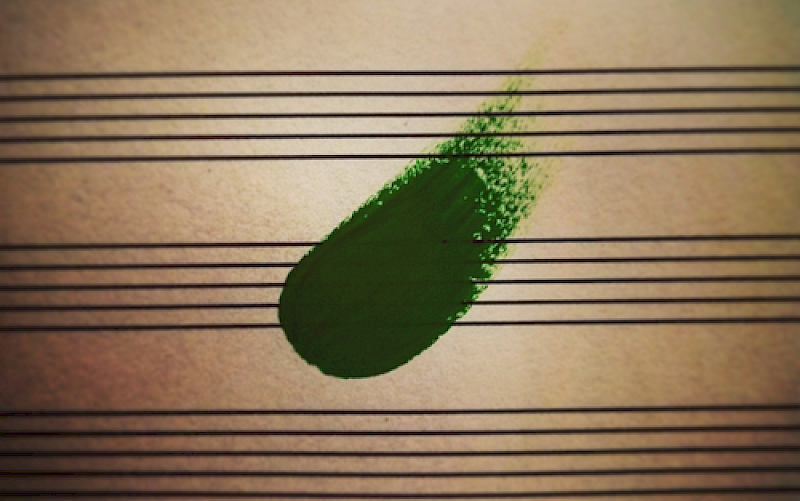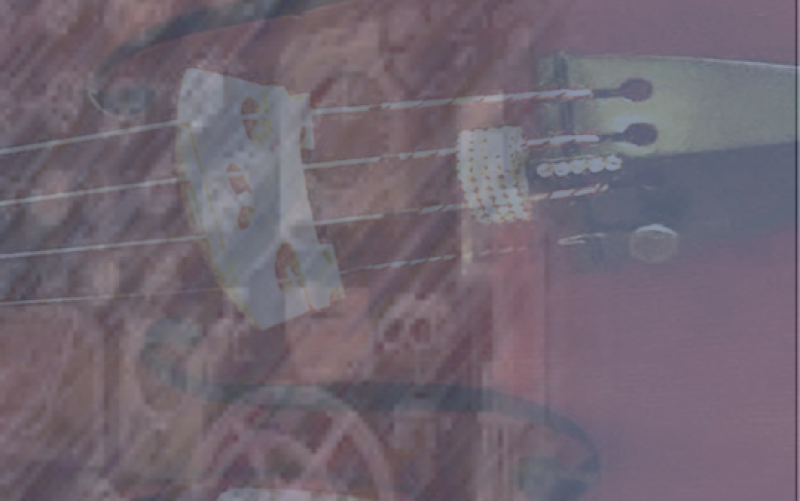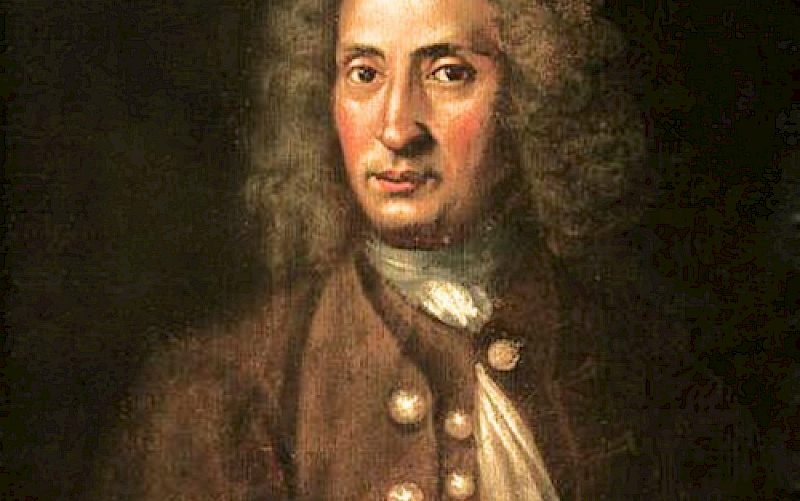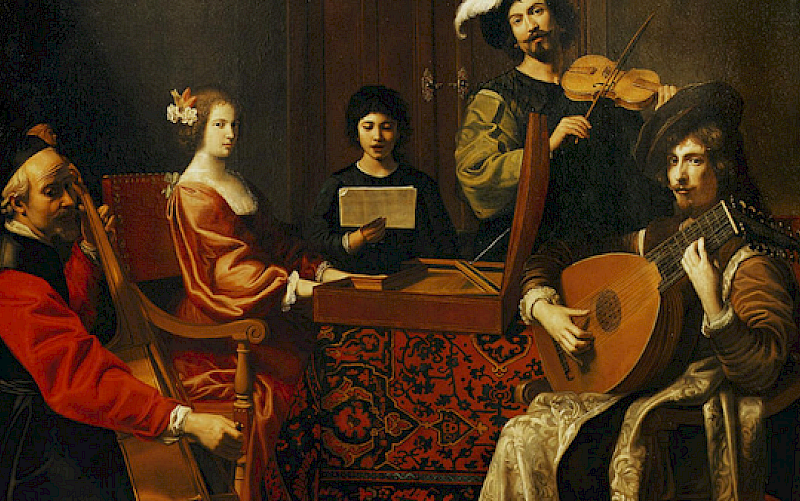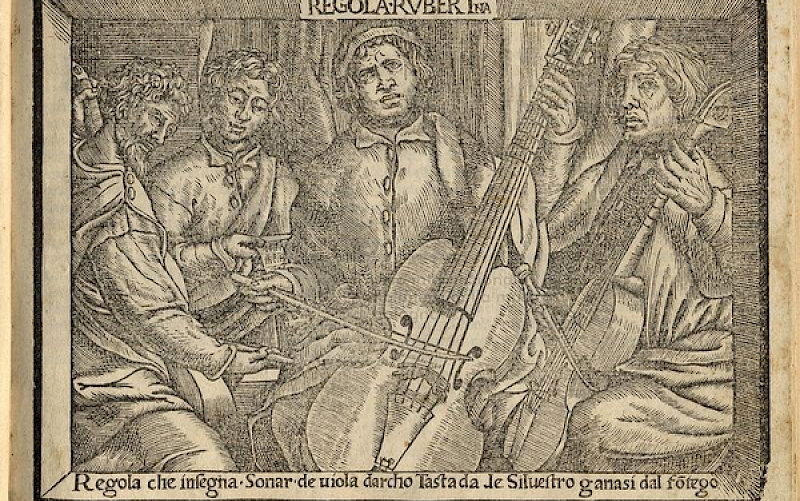Encoding Emotion
The paper Encoding Emotion details an experiment conducted on early 18th-century French recitative to determine how composers relate harmony to sung text, if at all. Although the existence of a relationship between harmony and vocal expression is generally agreed upon, it is rarely properly taught to baroque singers, even though harmony is fundamental to the concept of basso continuo. It is also rarely discussed in continuo or singing treatises, either historical or modern, and, if so, never explicitly. The present experiment aims to fill that gap by examining harmony and text in actual written music. To do so, a harmonic analysis was performed on excerpts of secco recitative from French operas and cantatas written by Campra, Clérambault, Jacquet de la Guerre, and Rameau; the significant chords and harmonic passages were then logged in a spreadsheet with their corresponding text. Over two hundred lines of results were then analysed to determine whether patterns could be found associating certain words to chords or harmonic progressions. In the end, the dataset was too small for any general conclusions to be made with certainty, but patterns still emerged. Most notably, the plagal cadence correlated to feelings of love and tenderness, particularly in a sacred or noble context. It was also noted that, though general patterns could not always be identified, some chords or harmonic progressions appeared to have specific meaning for a certain composer. The V of IV, for example, was strongly associated with pleasure in Clérambault's works. Although there is only limited use for these results outside of this study, the identified patterns show that a more extensive dataset would yield enlightening results and give singers access to a remarkably rich tool with which to inform their interpretation.
Author: Geneviève Gates-Panneton
